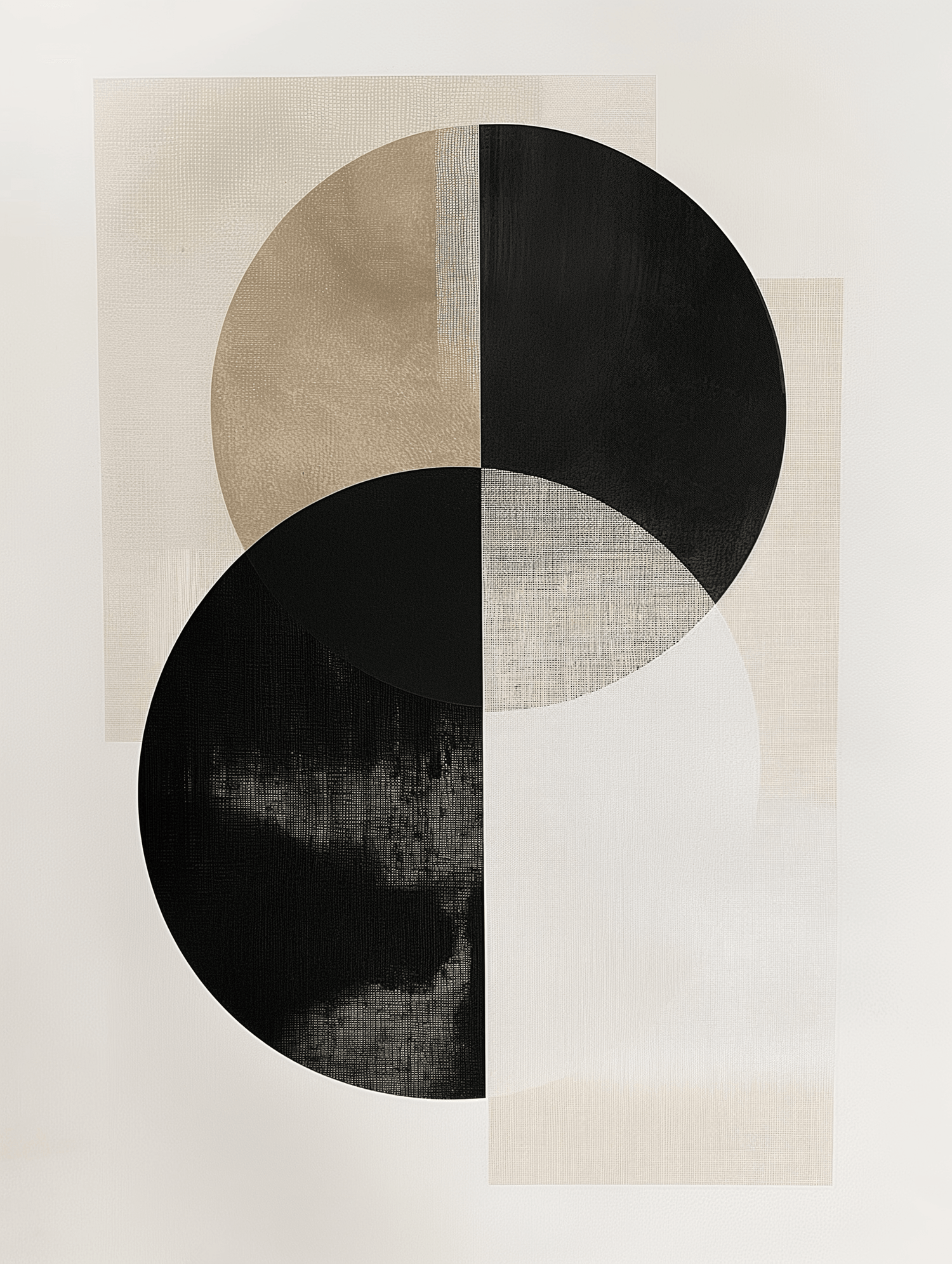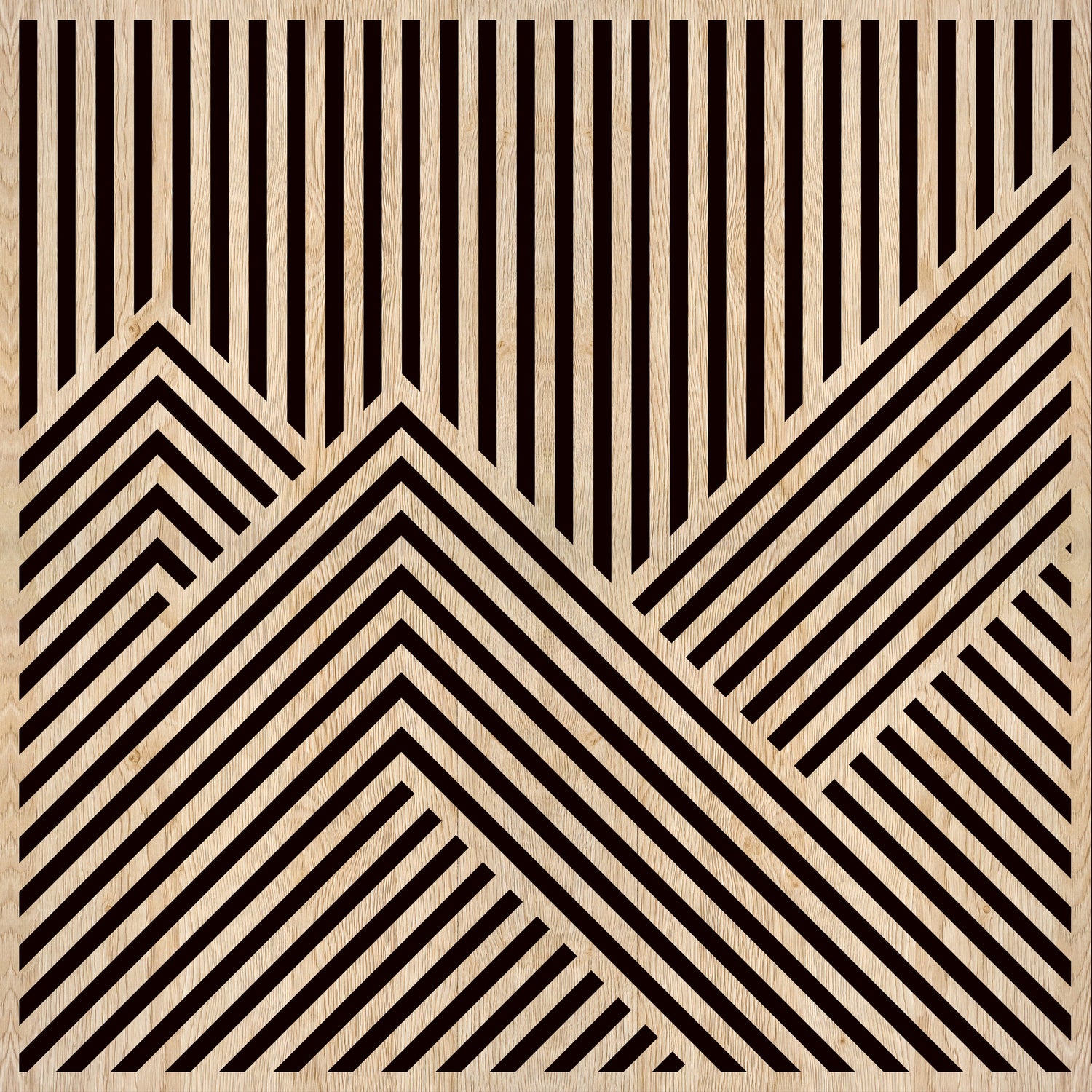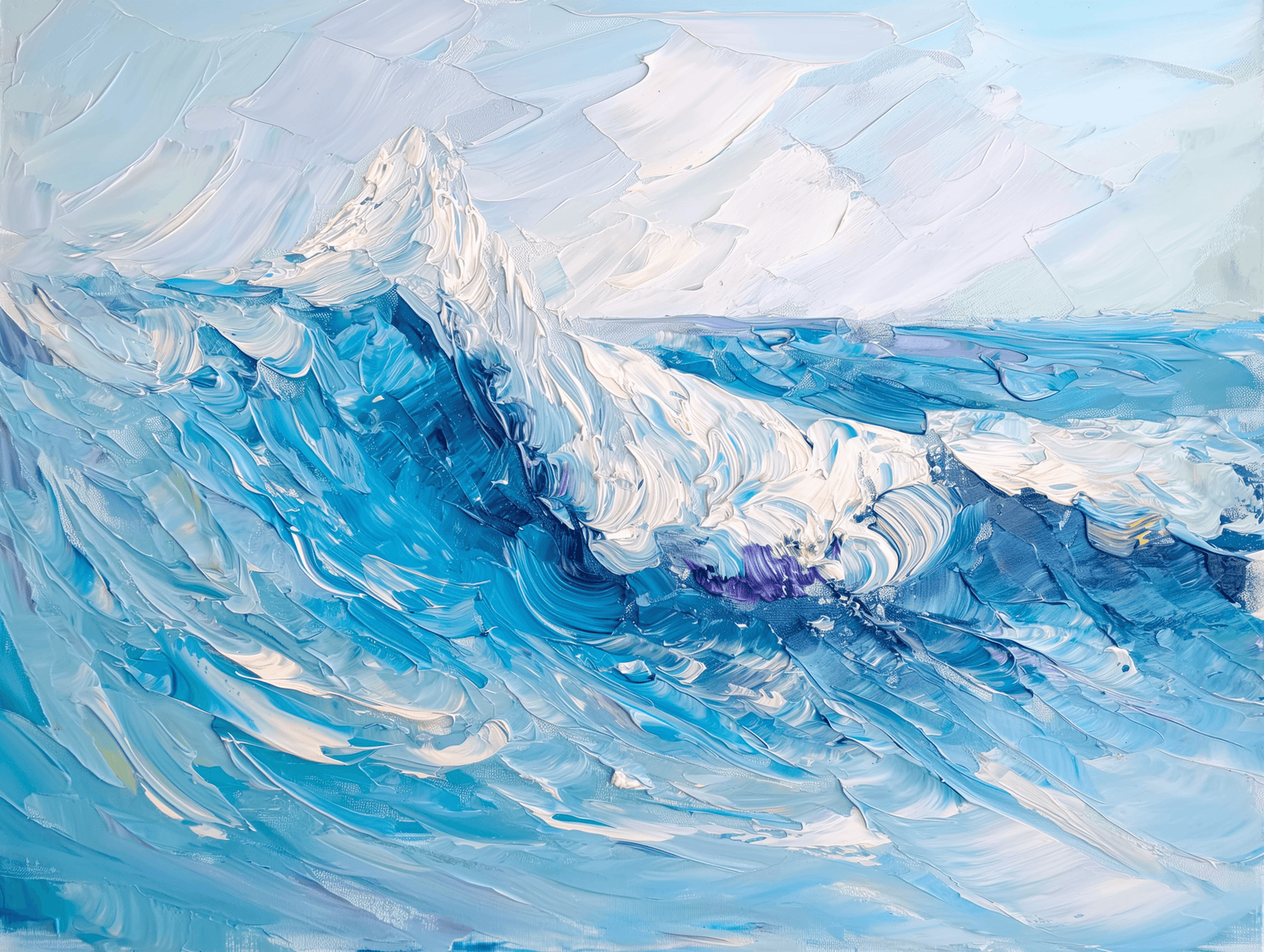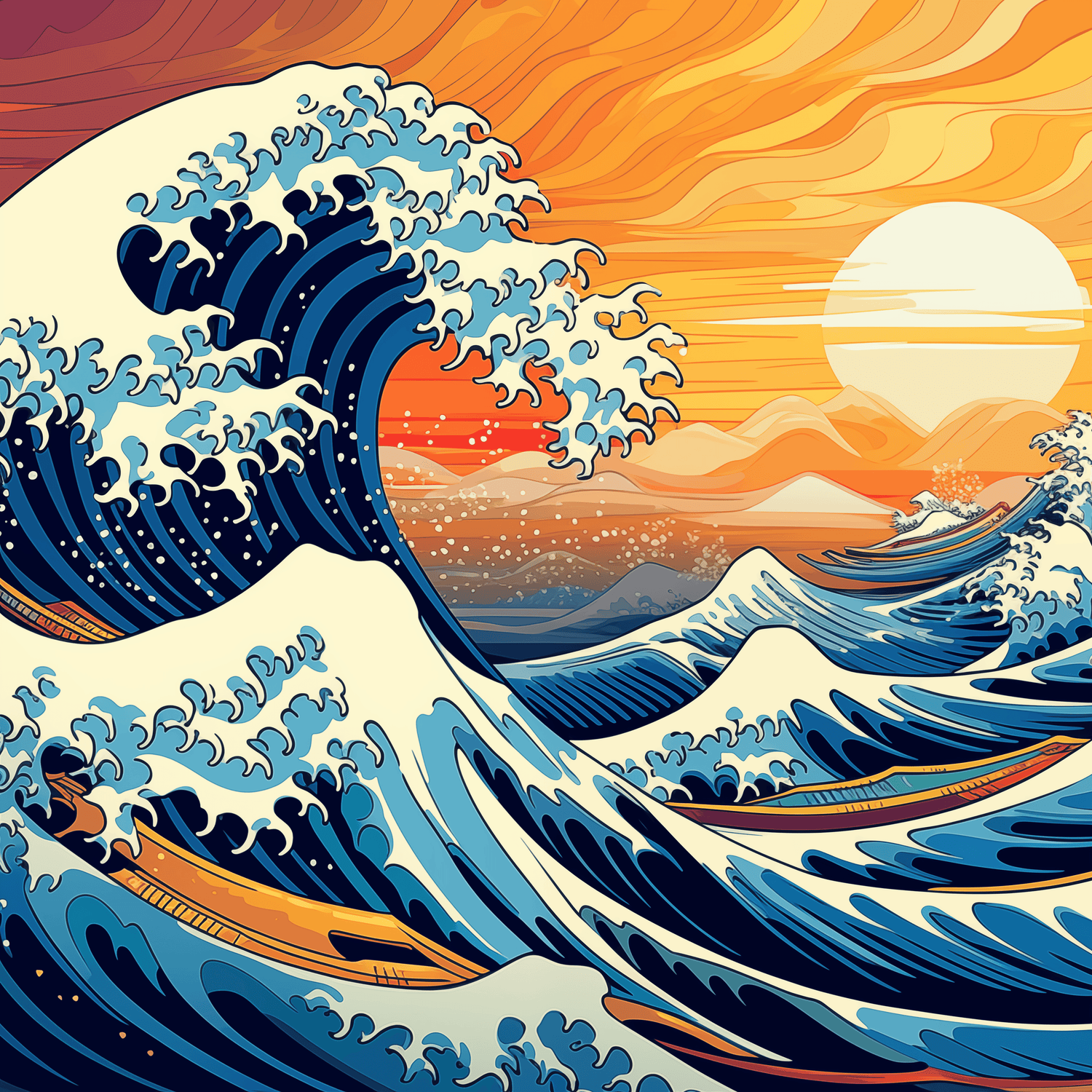
Jacques-Louis David (1748 – 1825) is one of those artists who knew how to embody an era. Official painter of the French Revolution and then of Napoleon, he was also the greatest exponent of Neoclassicism , a movement that brought back into fashion the values of Greco-Roman antiquity: rigor, balance, heroism and morality.
Through his paintings, David not only depicted historical scenes, but transformed them into visual manifestos of political and cultural ideals. His style, clear and theatrical, marked European painting between the late eighteenth and early nineteenth centuries.
A Life Between Art and Revolution
Jacques-Louis David was born in Paris in 1748. After his father's death, he was entrusted to his uncle, an architect, who supported his artistic education. He studied at the Académie royale de peinture et de sculpture, and in 1774 he won the prestigious Prix de Rome , moving to Italy for five years, where he was deeply influenced by classical and Renaissance art.
Back in France, he quickly became a point of reference for historical painting. The French Revolution involved him fully: he became a friend of Robespierre , a member of the Convention and even the “official artist” of the new regime. After the fall of Robespierre, he became close to Napoleon Bonaparte , for whom he created some of his most famous canvases.
With the Bourbon Restoration, David went into self-exile in Brussels, where he died in 1825.
The most famous works of Jacques-Louis David
1. The Oath of the Horatii (1784), Louvre, Paris

The ideal of republican heroism
Commissioned by the French State, this large canvas tells a legendary episode of ancient Rome: the three Horatii brothers swear to fight to the death to defend their homeland. The work is a symbol of civic heroism , of collective dedication to the common good.
Curiosity: The painting was a true neoclassical and revolutionary manifesto. The theatrical gesture of the Horatii inspired entire generations of European patriots, while the geometric and austere composition became a model for many painters.
2. The Death of Marat (1793), Musées Royaux des Beaux-Arts, Brussels

The revolutionary martyr
One of the most famous political paintings in the history of art. Jean-Paul Marat, journalist and revolutionary, is depicted by David in the moment immediately after his assassination by Charlotte Corday. The body, lying in the bathtub, recalls the compositions of the Christian Pietà.
Curiosity: David was a personal friend of Marat and wanted to depict his death as a heroic sacrifice , similar to that of saints or martyrs. The painting became an icon of the revolution.
3. Napoleon Crosses the Alps (1801-1805), various versions

The image of the leader
An idealized, heroic Napoleon on horseback leading troops across the Alps: this is not just a painting, but a construction of myth . David does not paint reality (Napoleon actually crossed the Alps on a mule), but an iconic representation of power.
Curiosity: There are at least five versions of it, one of which was sent to Madrid to promote Napoleon's image in Spain.
4. The Coronation of Napoleon (1807), Louvre, Paris

David immortalized one of the most significant events of his time: the coronation of Napoleon and Josephine at Notre Dame. The gigantic canvas is a celebration of the power and theatricality of the Empire.
💡 Fun fact: In a surprising gesture, David also represents Napoleon's mother , even though she was not present at the ceremony. It was Bonaparte himself who asked for the inclusion, for propaganda reasons.
🎨 Materico.it Reproduction: Every golden detail, every fold of the cloak and every look is reproduced with relief and depth, giving new life to one of the masterpieces of political art.
Jacques-Louis David Today: Why Is He Still Relevant?
David has built the visual grammar of modern power: from Marat to Napoleon, from Socrates to the Horatii. His works are iconic , because they synthesize ideals, passions, sacrifices. They speak of justice, duty, glory. And they do so with a compositional precision and an aesthetic that seem born to resist time.
Precisely for this reason, his works continue to find space in public collections and in the private homes of those who love art with a message .
Curiosities about Jacques-Louis David
-
He rejected gallant painting : David hated Rococo art and was the main proponent of its replacement with Neoclassicism.
-
He formed a school of painters : many of his students, such as Jean-Auguste-Dominique Ingres, became famous.
- Politically involved to the point of exile : he was imprisoned after the fall of Robespierre and forced into exile after the Restoration.
-
He developed a clear and essential technique , which still influences cinema, photography and graphic design today.
Conclusion: David, the painter of history
Jacques-Louis David was not only an artist: he was a visual chronicler of his time , a philosopher of painting, a director of ideology. His paintings are not simple decorations, but powerful narratives that still touch our imagination today.








